Let's talk Bologneses
A companion dog if there ever was one, the charming Bolognese is a faithful, very affectionate, and docile breed. Their admiration for people, not to mention their incredibly playful manner, have won hearts worldwide. The breed’s tendency to be shy springs only from an unwavering devotion to their owners, but warming up to strangers happens soon enough. Hailing from their namesake Bologna, Italy, the Bolognese breed was once given as a gift between nobles and the wealthy - already perfectly wrapped in that fluffy white coat!
Official name: Bolognese
Other names: Bichon Bolognese, Bichon Bolonais, Bolognese Toy Dog, Bologneser
Origins: Italy
Bolognese Dog Food
Drooling tendencies
1 out of 5Shedding Level
1 out of 5Energy level*
3 out of 5Compatibility with other pets
5 out of 5Warm weather?
3 out of 5Suited to apartment living
5 out of 5Family pet?*
5 out of 5Can stay alone
1 out of 5
| Male | Female |
|---|---|
| Height | Height |
| 27 - 30 cm | 25 - 28 cm |
| Weight | Weight |
| 2.5 - 4 kg | 2.5 - 4 kg |
| Life Stage | |
|---|---|
| Adult | |
| 10 months to 8 years | |
| Mature | Senior |
| 8 to 12 years | From 12 years |
| Baby | |
| Birth to 2 months | |
Drooling tendencies
1 out of 5Shedding Level
1 out of 5Energy level*
3 out of 5Compatibility with other pets
5 out of 5Warm weather?
3 out of 5Suited to apartment living
5 out of 5Family pet?*
5 out of 5Can stay alone
1 out of 5
| Male | Female |
|---|---|
| Height | Height |
| 27 - 30 cm | 25 - 28 cm |
| Weight | Weight |
| 2.5 - 4 kg | 2.5 - 4 kg |
| Life Stage | |
|---|---|
| Adult | |
| 10 months to 8 years | |
| Mature | Senior |
| 8 to 12 years | From 12 years |
| Baby | |
| Birth to 2 months | |
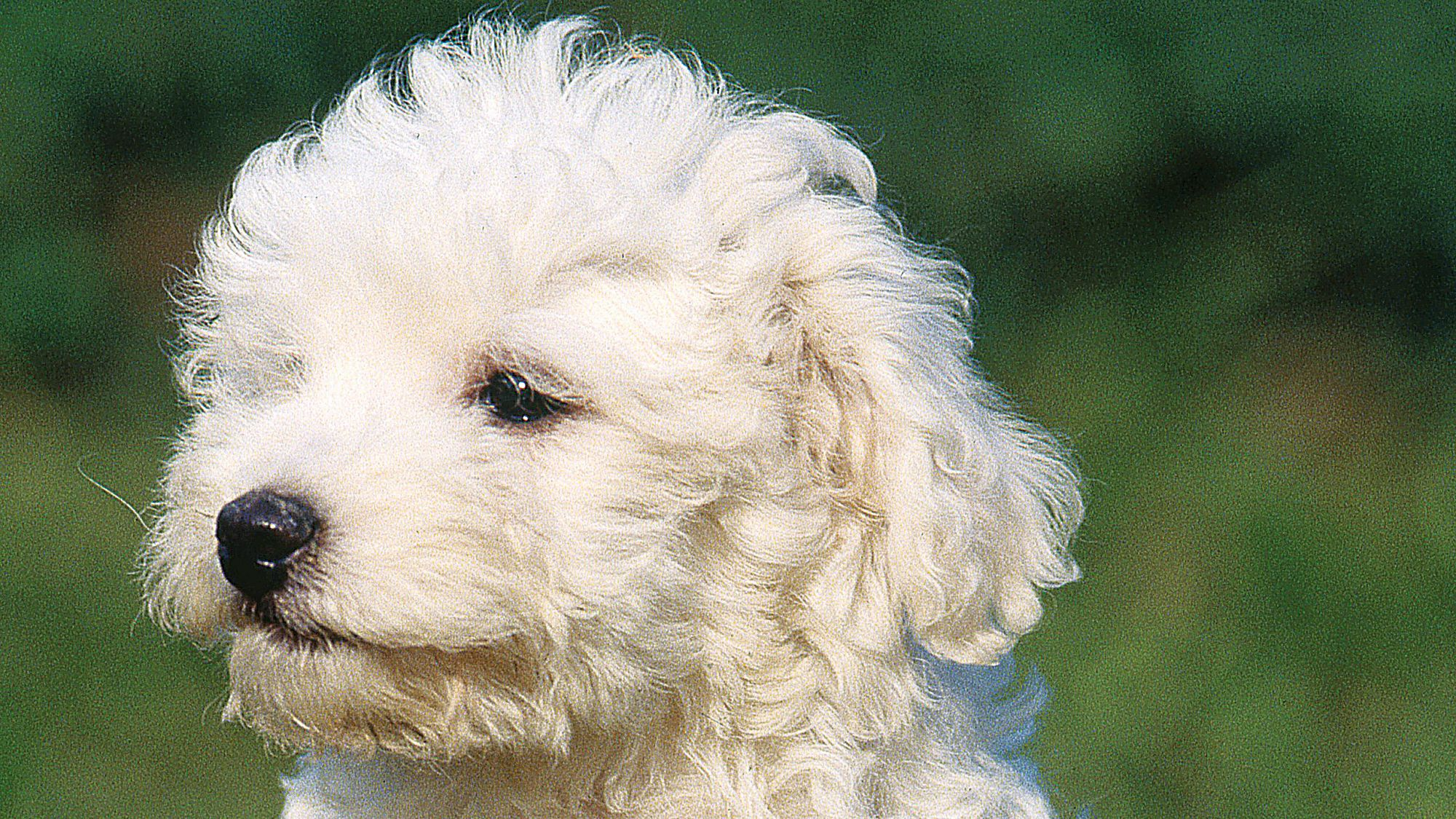
Get to know the Bolognese
All you need to know about the breed
The Bolognese’s beginnings date to ancient Rome, where they lived among royalty and were particularly fancied by aristocratic ladies. The Bolognese dog had a sumptuous start, which has only continued their favour among breeders and owners alike. This breed – classified as a toy – is part of the Bichon family, a category of small dogs with similarly fluffy fur, large eyes, a curved tail, and a docile demeanor. They are perfectly suited to apartment living, but take well to any environment, as long as their owner is right nearby.
Maybe it’s all that giving and good will that’s given the Bolognese such amenable behaviour and conditioned the dog to enjoy being around people so much. Today’s breed bonds very closely with family, so much so that they hate to leave their side. With the Bolognese’s compact size, taking them practically anywhere is easy. Kind and loyal are just some of the better characteristics of the Bolognese breed; aggression isn’t part of the mix so don’t expect a dog that will guard the home in any way.
Their other signature trait: That plush snow-white coat. It’s a pleasure to behold and silky to the touch. Keeping the Bolognese groomed will keep them a prized pet, and the envy of the neighbourhood. Playful and easygoing, this is an all-around super breed to bring into any home.
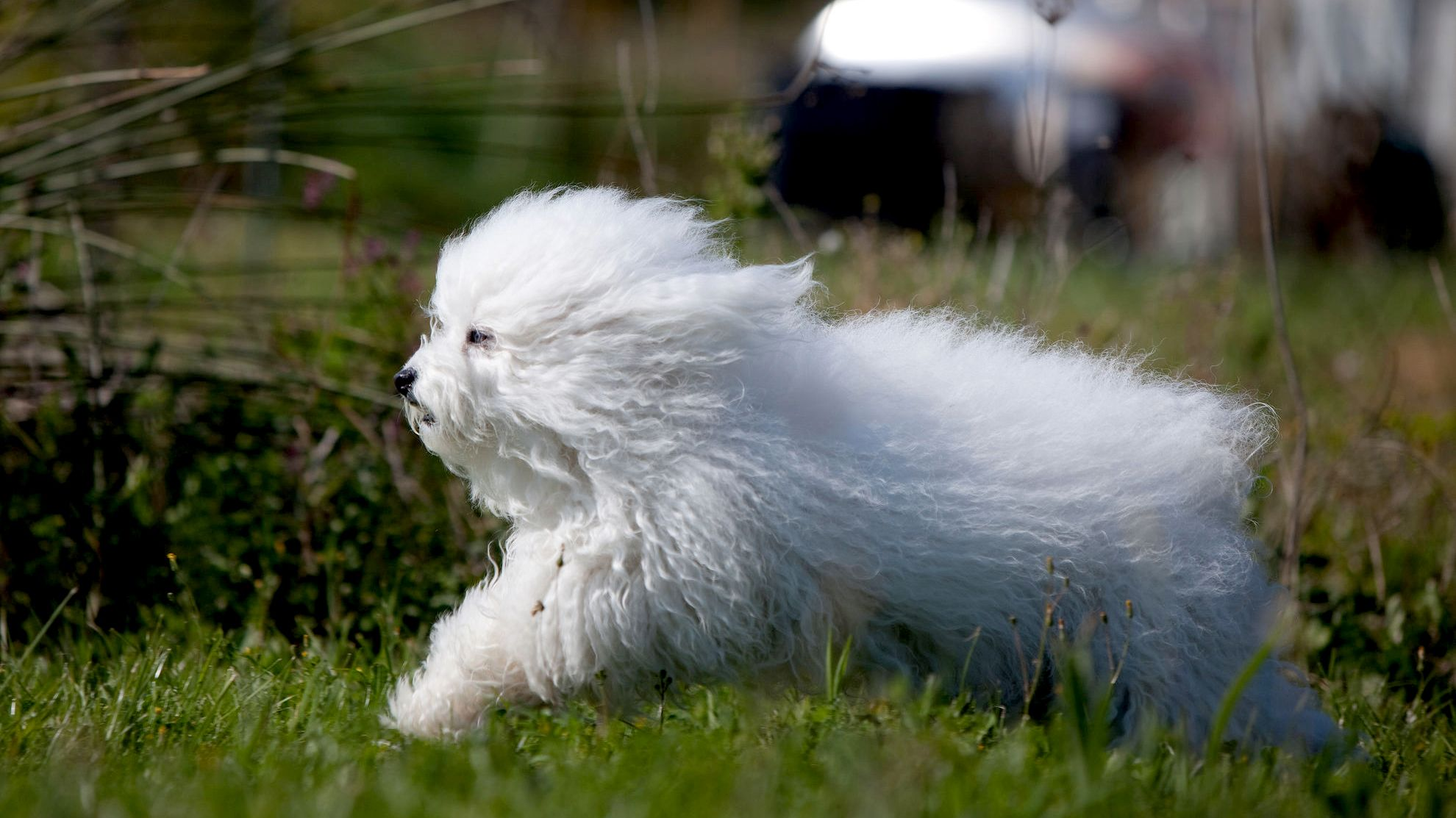
2 facts about Bologneses
1. Calories can count
Believe it or not, this gentle little dog has an inordinate propensity to gain weight. The fluffy fur of the Bolognese breed can easily cover excess pounds that may be building up. The Bolognese’s health issues are few so feeding them a high-quality food is key to keeping them fit—and even more important if they are neutered.
2. Mr/Mrs/Miss Congeniality
The Bolognese dog easily gets along with almost everyone, cohabitating well with other animals in the house (including cats) and all people who enter. They are known to be affable and calm. Their temperament is such that the Bolognese dog is often used in therapeutic situations in hospitals, offering comfort to those in need.
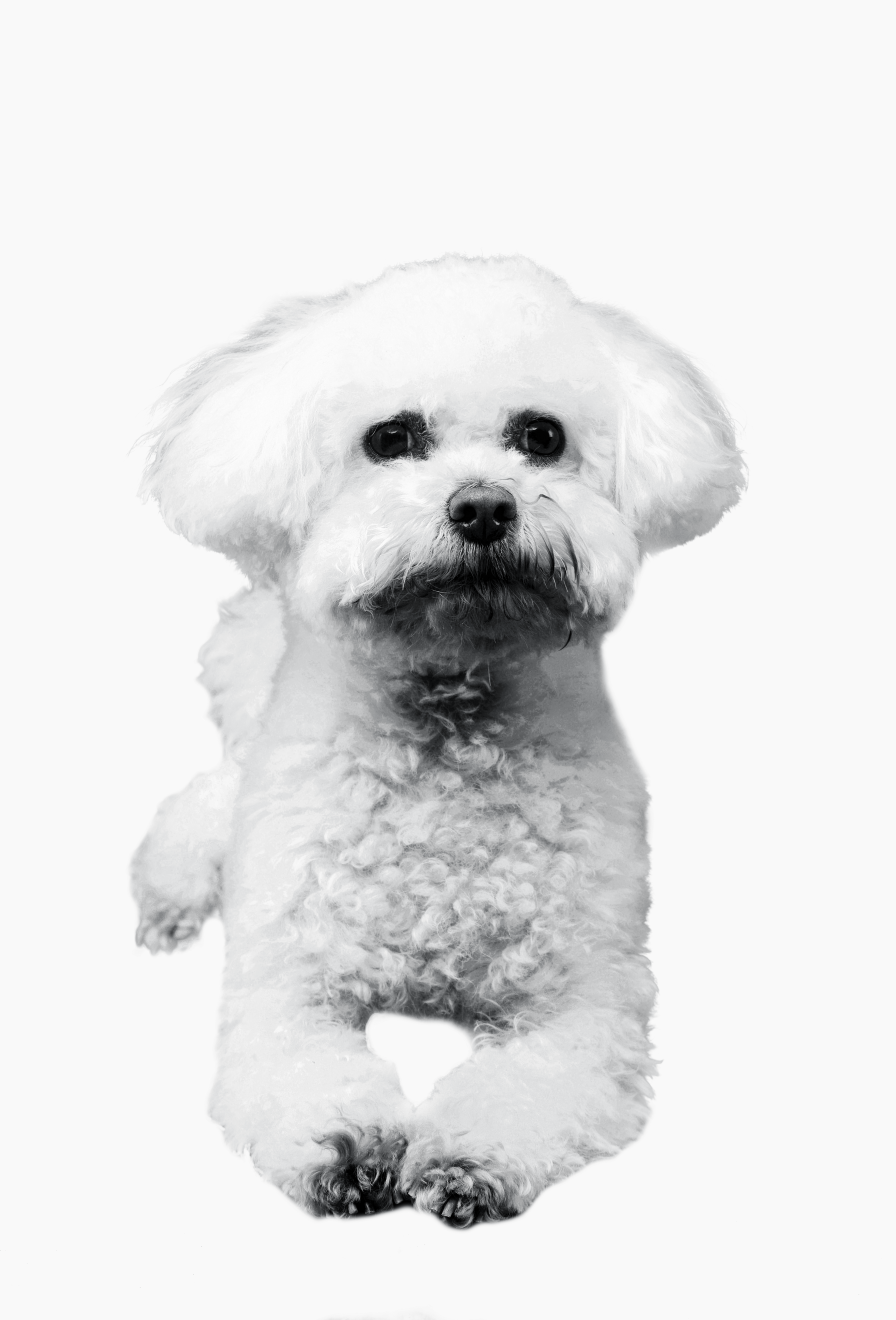
History of the breed
A petite dog with an aristocratic beginning, the origin of the Bolognese is traced to the Roman Empire where they were a domestic favorite. The toy breed continued to rise to popularity in Italy during the Renaissance when they were treasured in the highest ranks of society, often given as a gift between royalty and nobility, their plush fur fitting for the class of humans with which they mingled.
Over the centuries, the Bolognese found favour as the subject of artists, depicted in works by Pieter Bruegel the Elder, Titian, and Francisco de Goya.
Recognised as a breed in 1956 by the Fédération Cynologique Internationale, the Bolognese first made a splash in England in 1989 through an introduction there by Liz Stannard, the Chairperson of the British Bolognese Club. The breed is still considered rare.
From head to tail
Physical characteristics of Bologneses
1.Ears
2.Head
3.Body
4.Tail
5.Coat
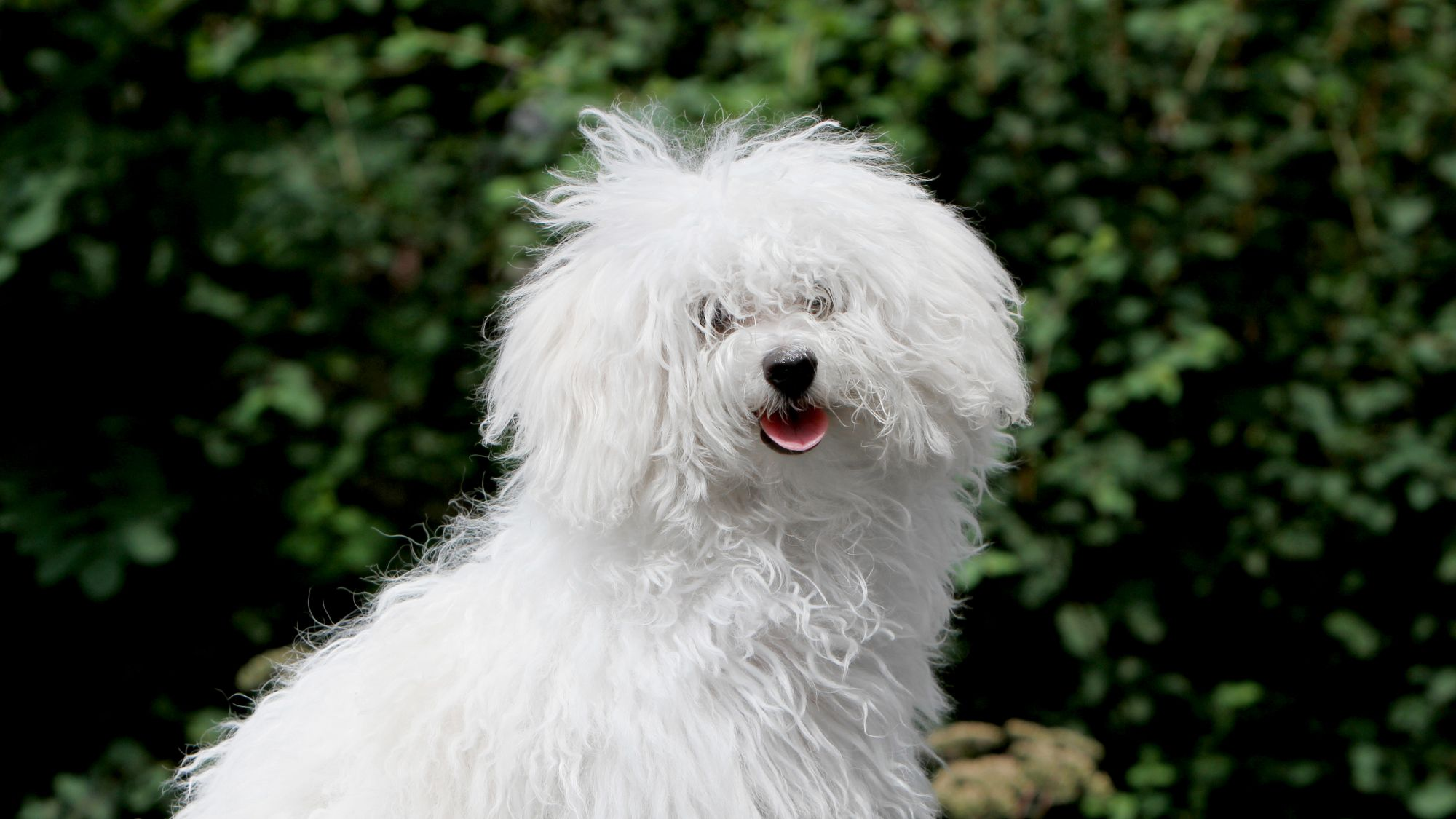
Things to look out for
From specific breed traits to a general health overview, here are some interesting facts about your Bolognese
A bit of attitude
As far as behaviour problems go, the Bolognese is widely reputed as a pleasant and appealing dog but they can at times be tenacious, especially when it comes to learning how to behave. They can possess what is called “small-dog syndrome,” wherein a dog will attempt to assert superiority over their owner. Call it a way to challenge authority but training the Bolognese well is key, with a firm yet positive stance to instil the best conduct possible.
Surprisingly few health issues
For a breed that has been around a very long time, the Bolognese has minimal health problems to note. Genetically speaking, they err on the vigorous side. However, as toy dogs, they can be prone to dental problems so daily brushing is recommended. Patellar luxation – a condition where the knee joint can slide out of place – can be another issue to note, and urinary stones too can come into play. Make sure they have the opportunity to empty their bladder on a regular basis. Listen to this: The Bolognese breed is known to have above-average hearing, making them prone to barking at strange noises.
Healthy diet, healthier dog
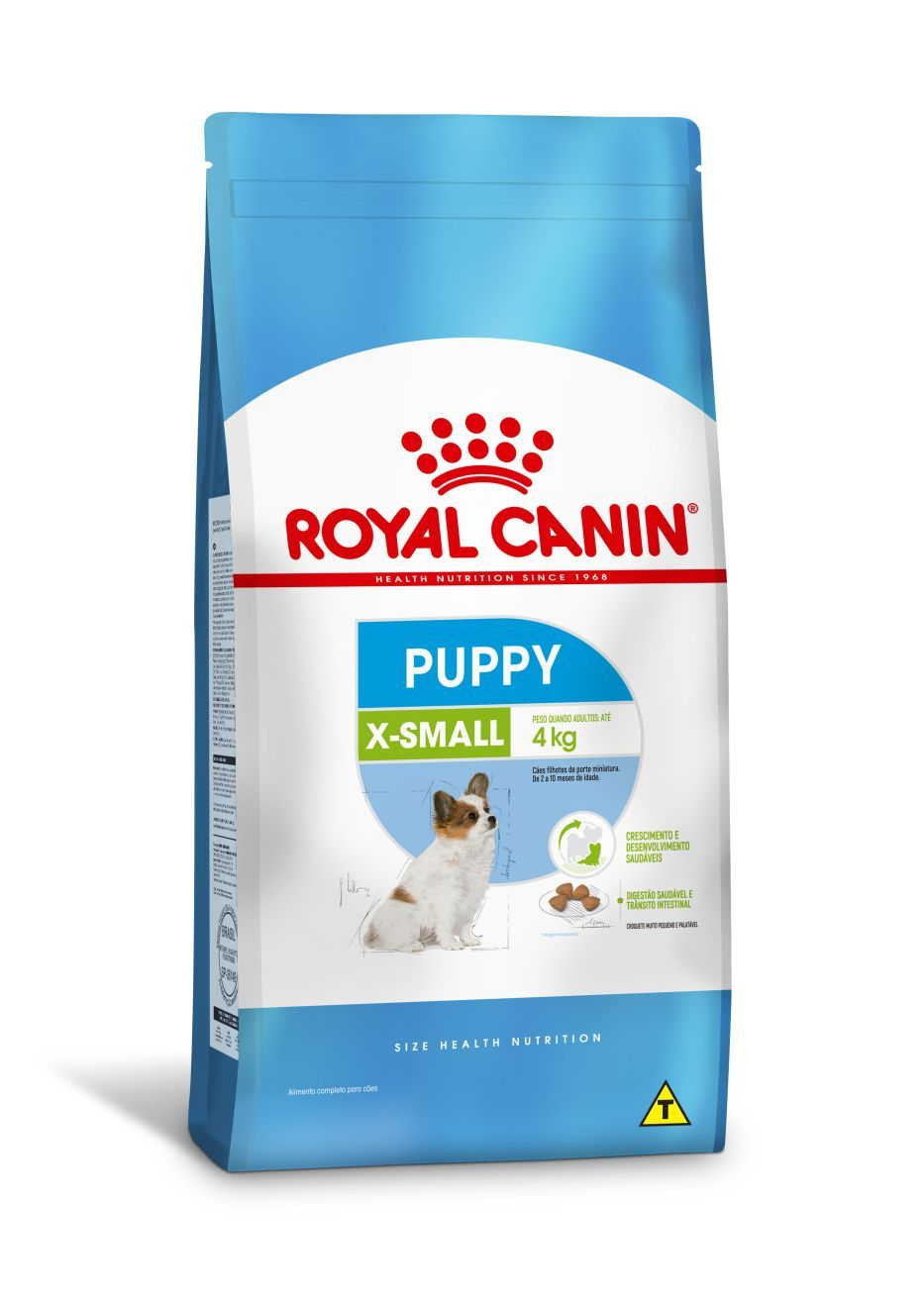
When choosing food for a Bolognese, there are many factors to consider: Their age, lifestyle, activity level, physiological condition, and health, including potential sickness or sensitivities. Food provides energy to cover a dog’s vital functions, and a complete nutritional formula should contain an adjusted balance of nutrients to avoid any deficiency or excess in their diet, both of which could have adverse effects on the dog.
The following recommendations are for healthy animals. If your dog has health problems, please consult your veterinarian, who will prescribe an exclusively veterinary diet.
Clean and fresh water should be available at all times to support good urinary regularity. In hot weather and especially when out exercising, bring water along for your dog’s frequent water breaks.
A Bolognese puppy’s requirements, in terms of energy, protein, minerals, and vitamins, are much greater than those of an adult dog. They need energy and nutrients to maintain their body, but also to grow and build it. Until they are 8 months old, a Bolognese puppy’s immune system develops gradually. A complex of antioxidants – including vitamin E – can help support their natural defences during this time of big changes, discoveries, and new encounters. Their digestive functions are different from an adult Bolognese’, too: Their digestive system is not mature yet so it’s important to provide highly-digestible proteins that will be effectively used. A balanced intake of fibres, such as psyllium, can help facilitate intestinal transit and contribute to good stool.
Similarly, a puppy’s teeth – starting with the milk teeth, or first teeth, then the permanent teeth – are an important factor that needs to be taken into account when choosing the size, form, and hardness of kibble. This growth phase also means high energy needs, so the food must have a high energy content (expressed in Kcal/100g of food), while concentrations of all other nutrients will also be higher than normal in a specially-formulated growth food. It is recommended to split the daily allowance into three meals a day until they are six months old, then to switch to two meals per day.
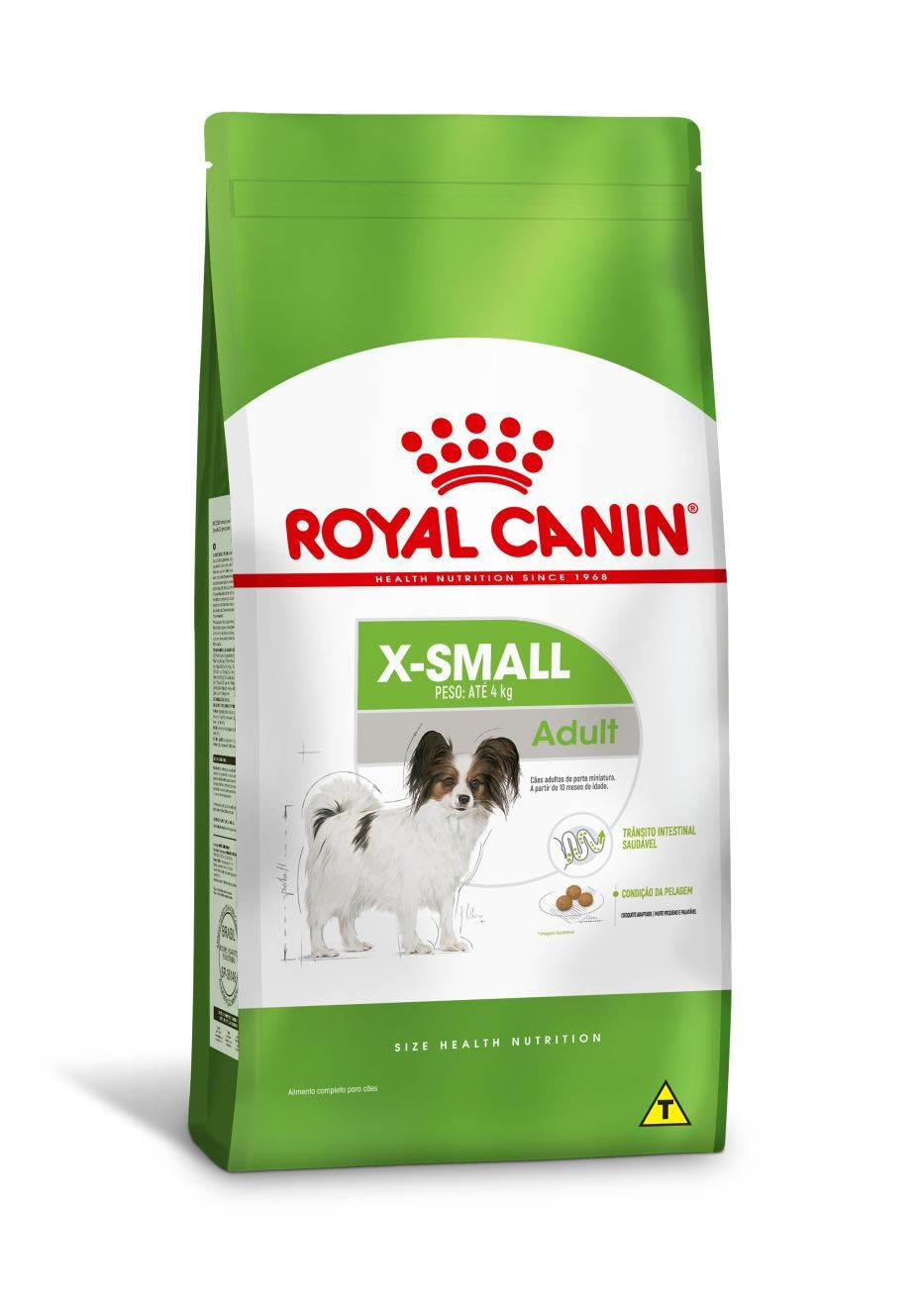
The main nutritional goals for adult Bologneses are:
Maintaining an ideal body weight by using highly-digestible ingredients and keeping the fat content at a sensible level.
At adult age, very small dogs such as Bologneses can be prone to constipation so look for a diet formulated with a balanced intake of fibres, including psyllium, to help facilitate intestinal transit, and with highly-digestible proteins to contribute to good stool.
The size of the kibble should be very small and adapted to the miniature jaw of Bologneses in order to avoid problems with picking up food. This may also stimulate their fussy appetite. Very small breed-dogs are prone to urinary stones; a diet that supports a healthy urinary system is recommended.
It is important to avoid feeding Bologneses human food or fatty snacks. Instead, you can reward them with kibble taken from their daily meal allowance in order to prevent excessive weight gain. It’s also relevant to strictly follow the feeding guidelines written on the package and to do so for sterilised Bologneses since neutering is a factor in overweight dogs.
Preserving the health and beauty of the skin and coat with the enriched addition of essential fatty acids (especially EPA and DHA), essential amino acids, and B vitamins.
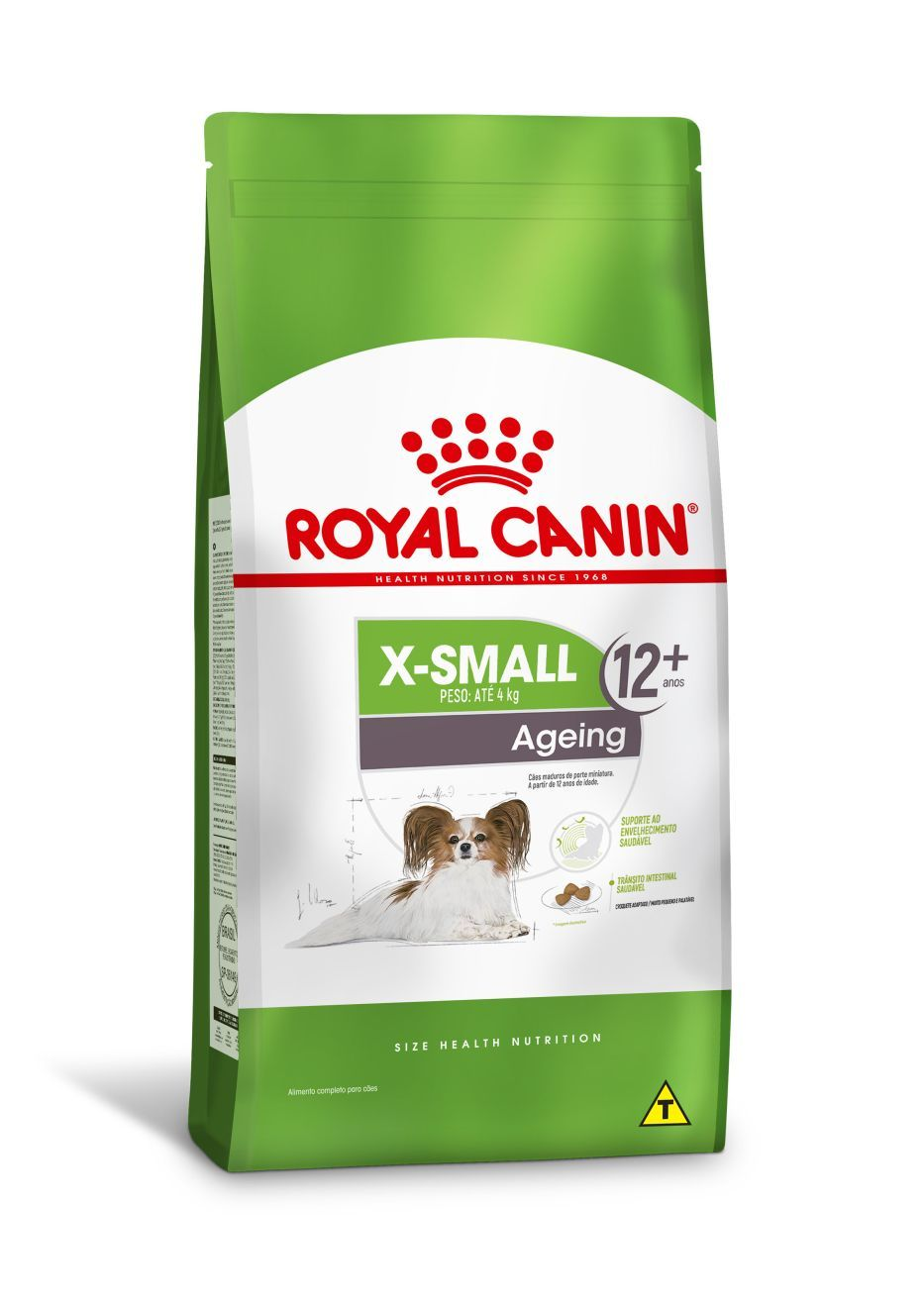
After 8 years old, Bologneses start facing the first signs of ageing. A diet enriched with antioxidants helps maintain vitality, and key nutrients, such as taurine, help support good cardiac function. Ageing is also accompanied by the modification of digestive capacities and particular nutritional requirements, so food for ageing Bologneses should have the following characteristics:
Higher vitamin C and E content. These nutrients have antioxidant properties, helping to protect the body’s cells against the harmful effects of the oxidative stress linked to ageing.
High-quality protein. Contrary to a widely held misconception, lowering the protein content in food brings little benefit in limiting kidney failure. In addition, older dogs are less efficient at using dietary protein than younger dogs. Reducing the phosphorous content is a good way of slowing down the gradual deterioration of kidney function.
A higher proportion of the trace elements iron, zinc and manganese to help to keep the skin and coat in good condition.
A higher quantity of polyunsaturated fatty acids to help maintain the quality of the coat. Dogs can normally produce these fatty acids but ageing can affect this physiological process.
As they age, dogs increasingly suffer from teeth problems. To ensure they continue to eat in sufficient quantities, the shape, size and hardness of their kibble needs to be tailored to their jaw.
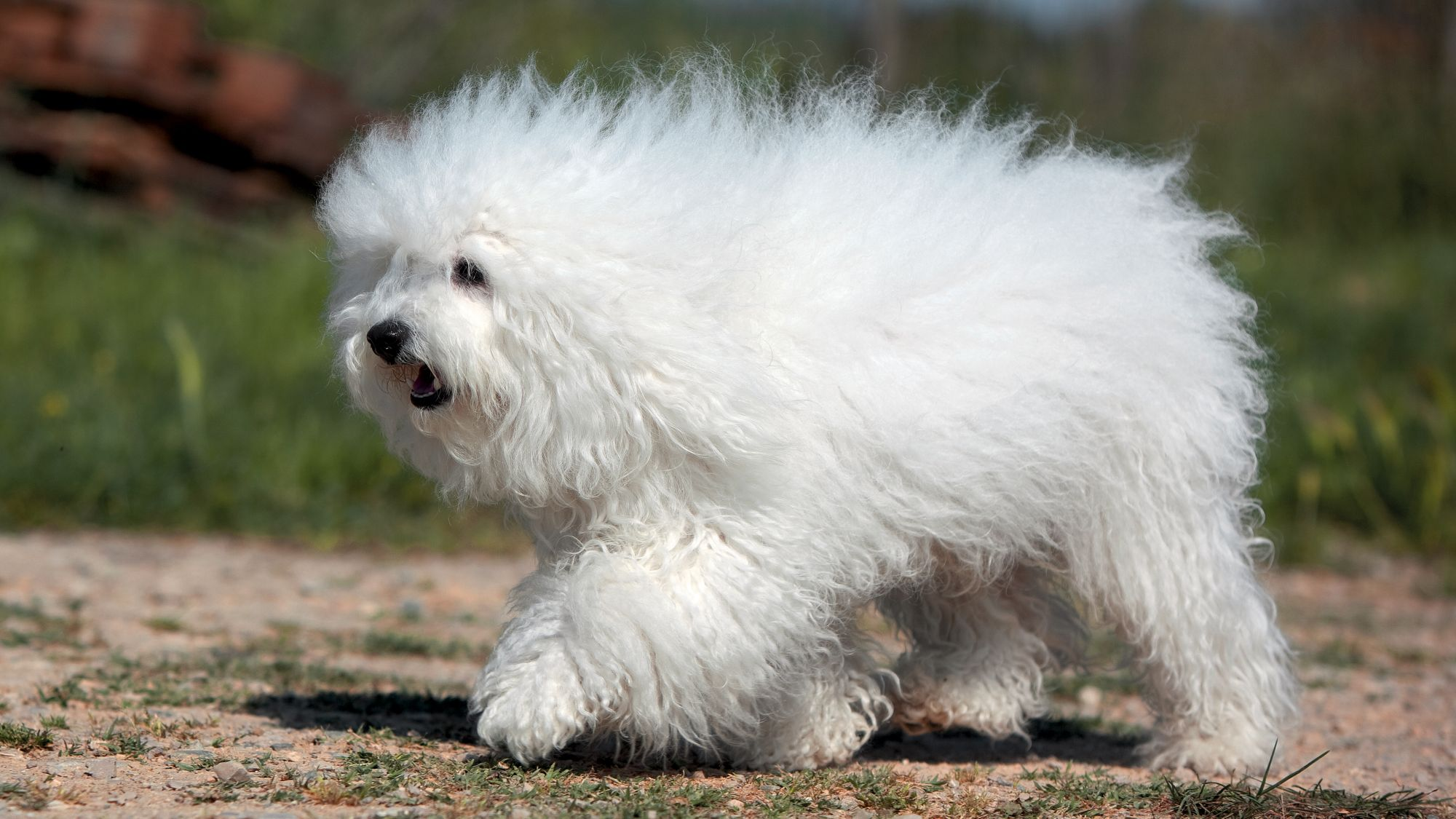
Caring for your Bolognese
Grooming, training and exercise tips
7/7
All about Bologneses
Although the retiring sort, the Bolognese breed is known to have above-average hearing, which causes them to bark at curious noises as they arise. They’ve got a big bark for their diminutive state. Hey, you have to do something in this world to get noticed!
The Bichon Frisé and Bolognese breeds are very similar—both part of the Bichon family and both adorable white fluffy dogs delivering loads of affection. The Bichon Frisé however is better suited to a more active family than the Bolognese, whose temperament is a tad more cerebral and timid.
Suggested Breeds
Read more on this topic
Sources
- Veterinary Centers of America https://vcahospitals.com/;
- Royal Canin Dog Encyclopaedia. Ed 2010 and 2020
- Banfield Pet Hospital https://www.banfield.com/
- Royal Canin BHN Product Book
- American Kennel Club https://www.akc.org/
Like & share this page